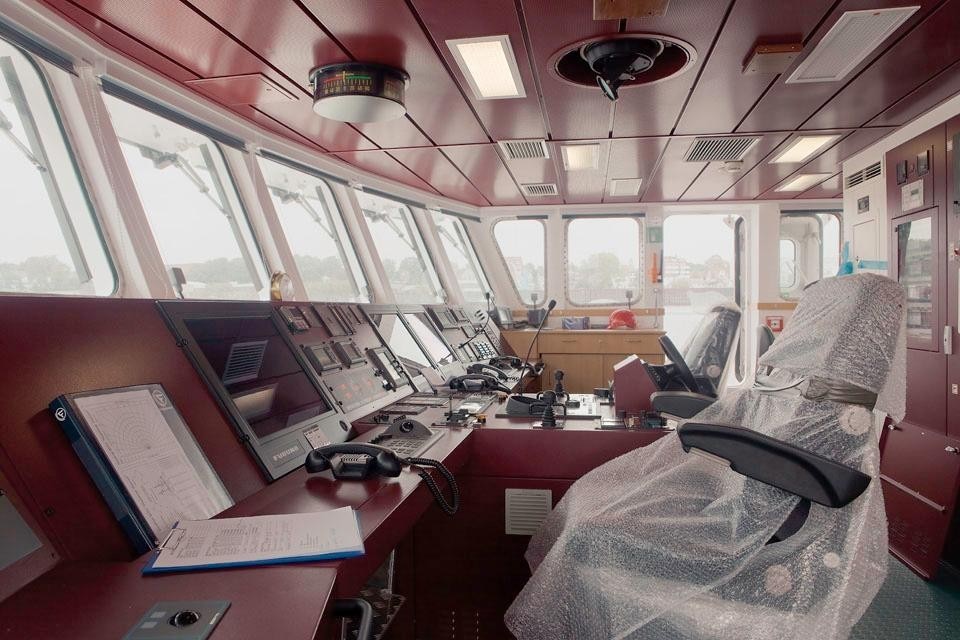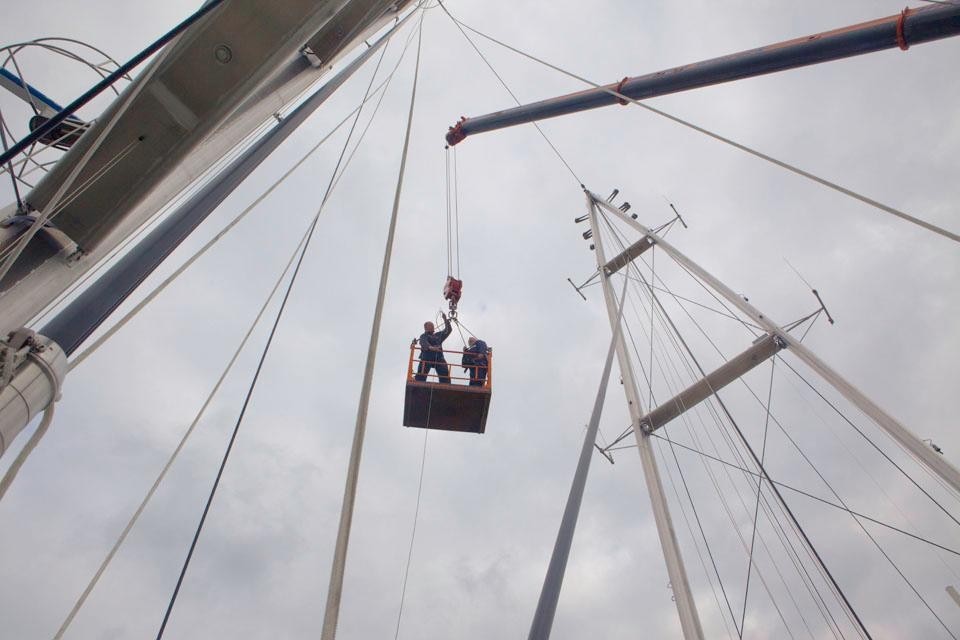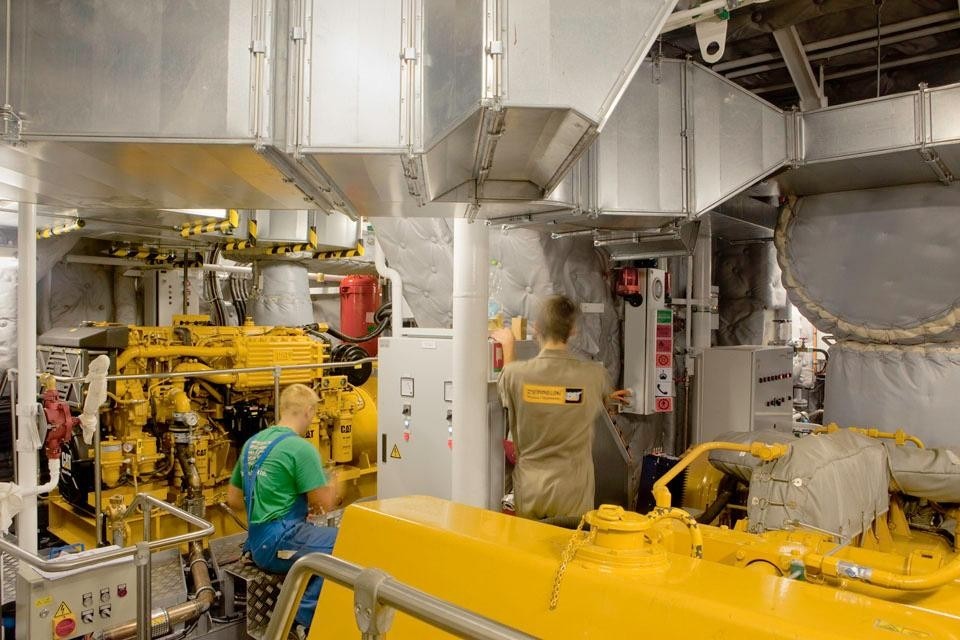After the mission to Fukushima and more than 20 years of service for Greenpeace, Rainbow Warrior II passes the baton to number III, launched in Bremen on 14 October. The new flagship is a highly sophisticated peace machine, designed to fly the colours of environmental sustainability as well as provide a hyper-technological bastion of multimedia communications. We spoke about it with Greenpeace veteran Brian Fitzgerald.
Clemens Weisshaar: In the 1980s, Greenpeace gained incredibly heroic status by braving the whaling fleets, and Rainbow Warrior was an integral part of that mission. Today, in some ways Greenpeace seems to have become more like the former enemy in terms of structure and organisation.
Brian Fitzgerald: When I started we had no money and a less developed public profile, whereas now we've become a global institution with far greater power to influence change in the world. In the '80s and '90s there was a sense that Greenpeace was a force for good in the world, that we should be strictly confrontational and not be sitting down with corporations. Over the years we've adopted much smarter tactics. Today we use lobbying and science, and we will actually sit down with a corporation and negotiate.
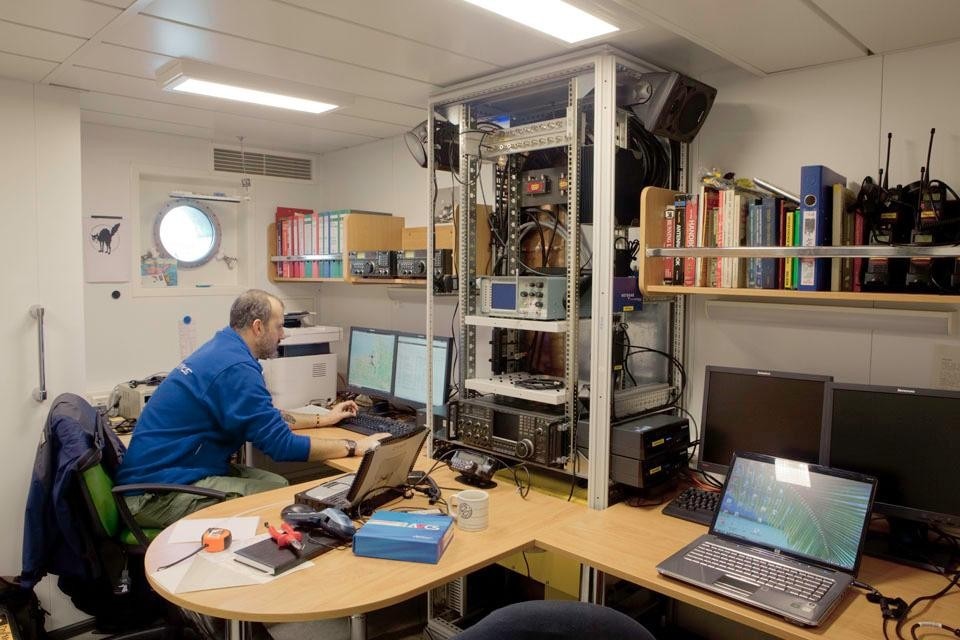
This is our first purpose-built ship. Before we used to refit old rusty trawlers, but over the years we've perfected a method of activism at sea that really doesn't exist anywhere else. We always had to invent ways to do things like launch Zodiacs over the side incredibly quickly or deploy helicopters in rough seas. Our supporters have given us the capital to build a ship purpose-designed for our actions. This includes using the ship as a communication tool in harbours, like a floating broadcasting platform hooked up to Twitter, Facebook and webcams as much as traditional media.
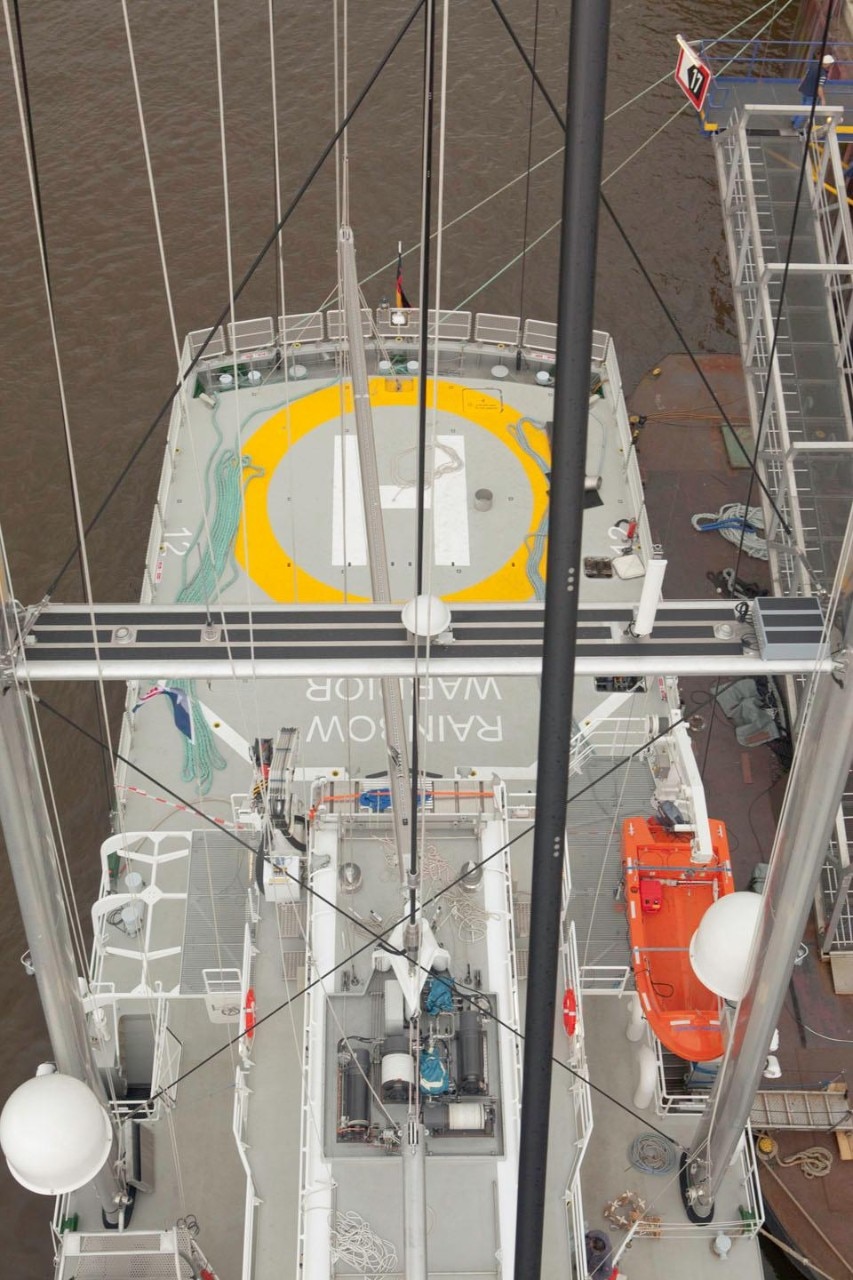
During Mitterrand's presidency we were opposing nuclear weapons testing at sea in Moruroa and we were surrounded by French commandos who boarded us and impounded the ship. While they had the ship under arrest it was still broadcasting them throwing tear gas on the bridge and locking down the crew and the vessel. We go to the scene of the crime and broadcast it as it happens. A big part of our beginnings was that we were able to show images of whales being killed at sea, which was something that had never been seen before.
We've moved from being an organisation strictly focused on environmental concerns to recognising the importance of related economic aspects. Climate change is the biggest issue and it's a matter of urgency, but it's much harder to convey than whales in front of a harpoon.
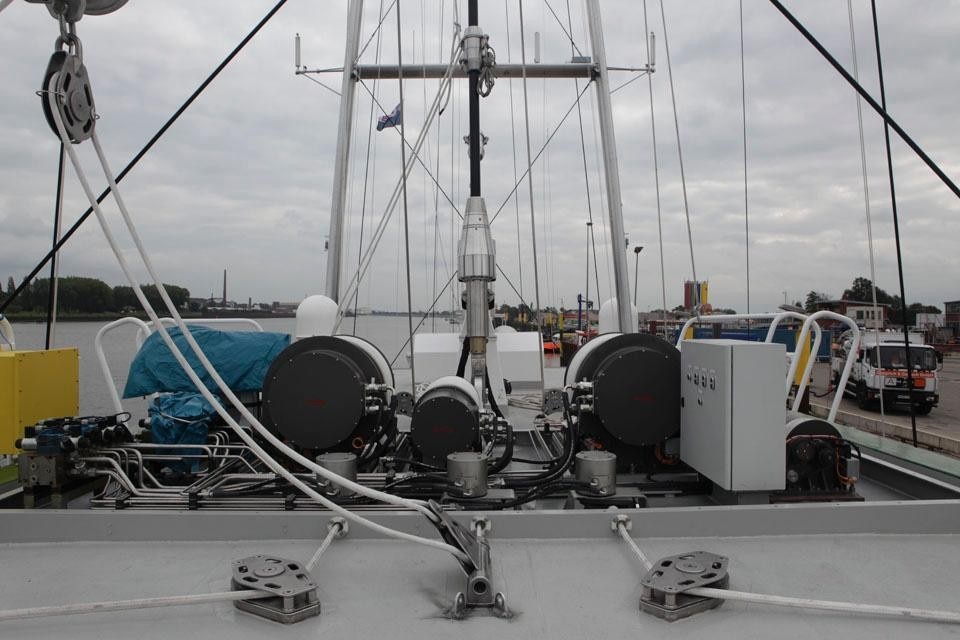
We've moved from being an organisation strictly focused on environmental concerns to recognising the importance of related economic aspects. Our new director Kumi Naidoo talks about climate justice and economic stability, because we also have to safeguard the world's ability to sustain seven billion people. Climate change is the biggest issue and it's a matter of urgency, but it's much harder to convey than whales in front of a harpoon.
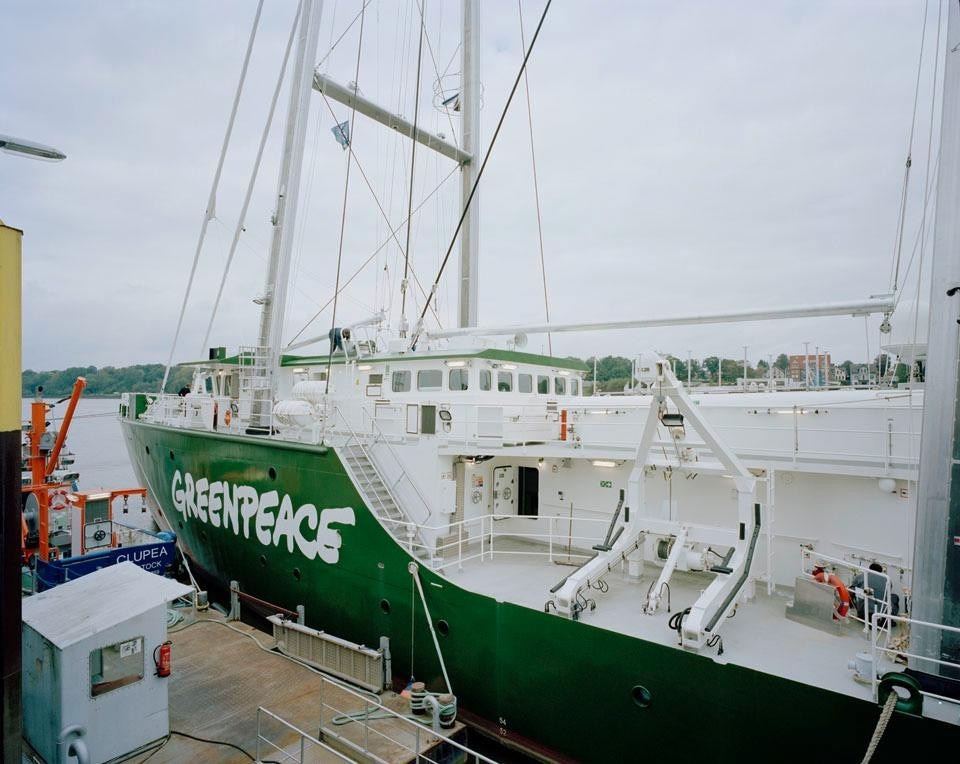
First we are doing an extended tour to make sure everything works. It's a brand-new ship and we need to train up the crew. So after Europe she'll be doing a transatlantic to the Amazon, as this is one of the key forests we need to preserve to combat climate change. At the Earth Summit in June 2012 in Rio de Janeiro, the world community is going to have to account for the fact that very little progress has been made towards achieving the goals that were set ten years ago in the last summit. Stopping deforestation is an easier task than reinventing the way we power our homes, transport and the rest of the world.
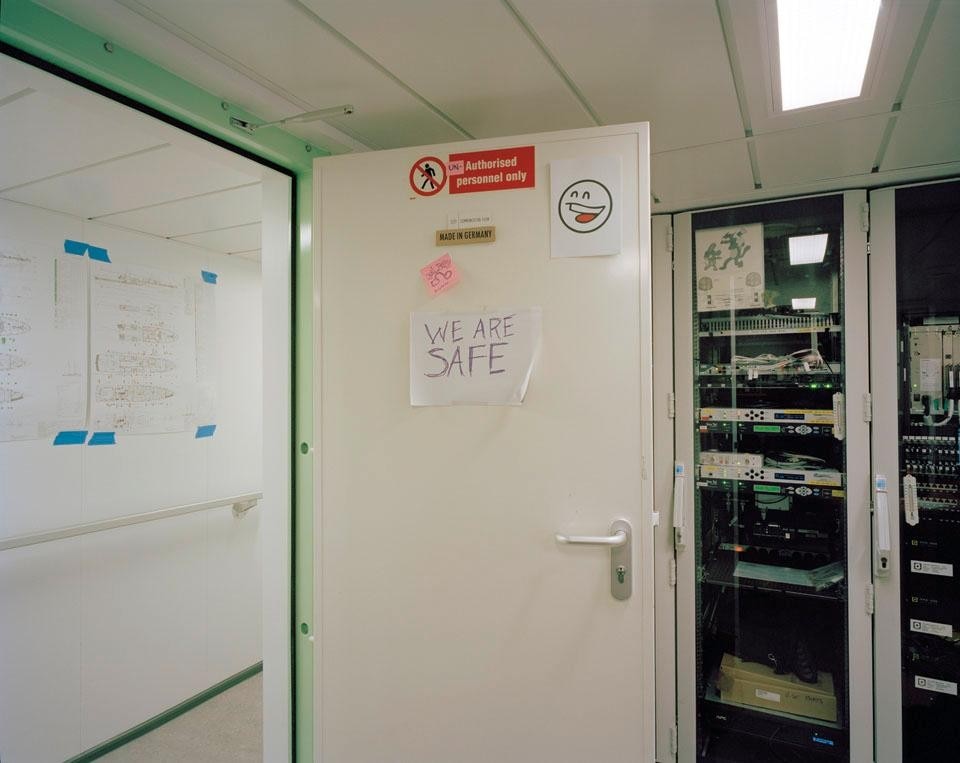
And even a soap dish. One comment I read was, "I'm very pleased to have bought a soap dish onboard the Rainbow Warrior and look forward to telling my friends that it's not true that hippies don't wash."
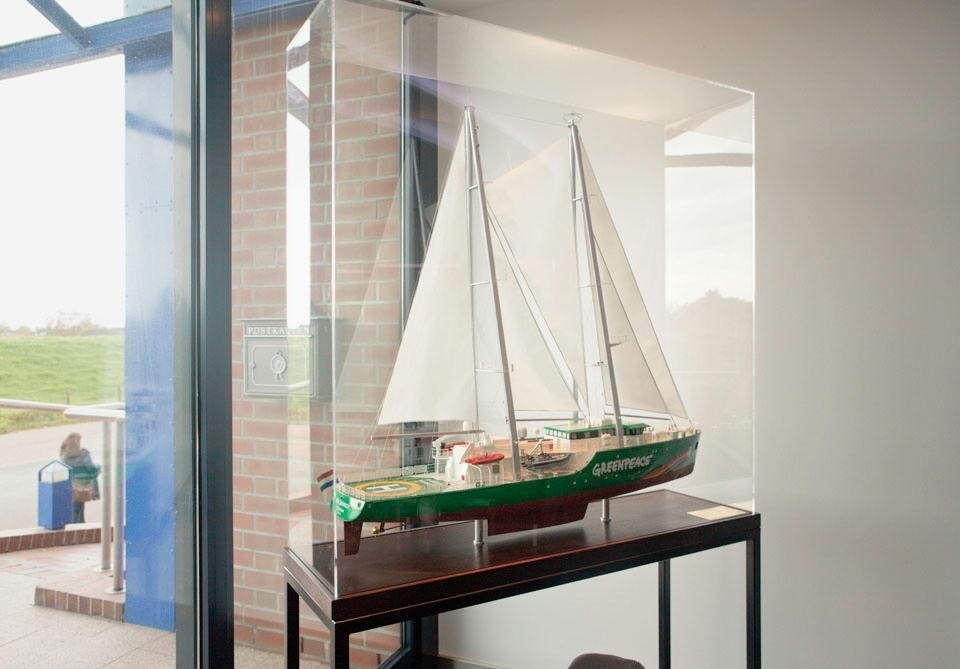
Traditionally our biggest funding forces have been the Germans, the Dutch and the Swiss, and I think the US comes in around fourth place. There is a particular awareness about the importance of donations going to the places where the problems are, and that's not in Germany and The Netherlands; it's in China, the Amazon and Africa.
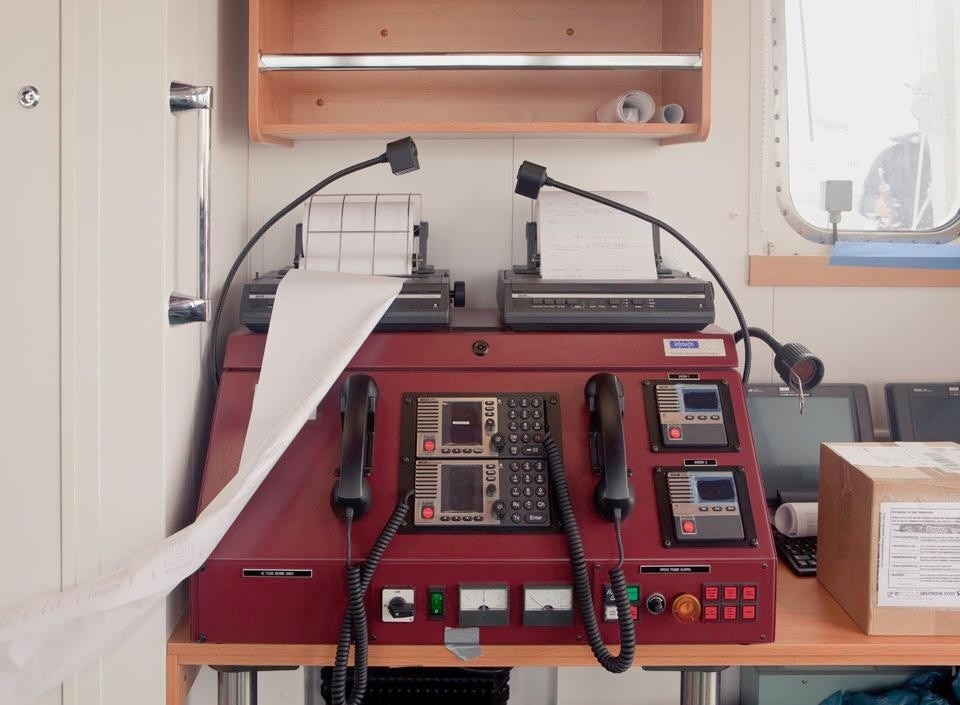
The US is the biggest environmental problem right now, but our supporter base is growing phenomenally in the BRIC states. We are a putting a lot of effort into ensuring an increasingly strong presence in China and India in particular. China is especially difficult because it's a closed society. We had tremendous success recently with our Detox campaign. We challenged Western corporations like Nike and Adidas, which were making sports clothing in China with chemicals they wouldn't be allowed to use in Europe and North America.
